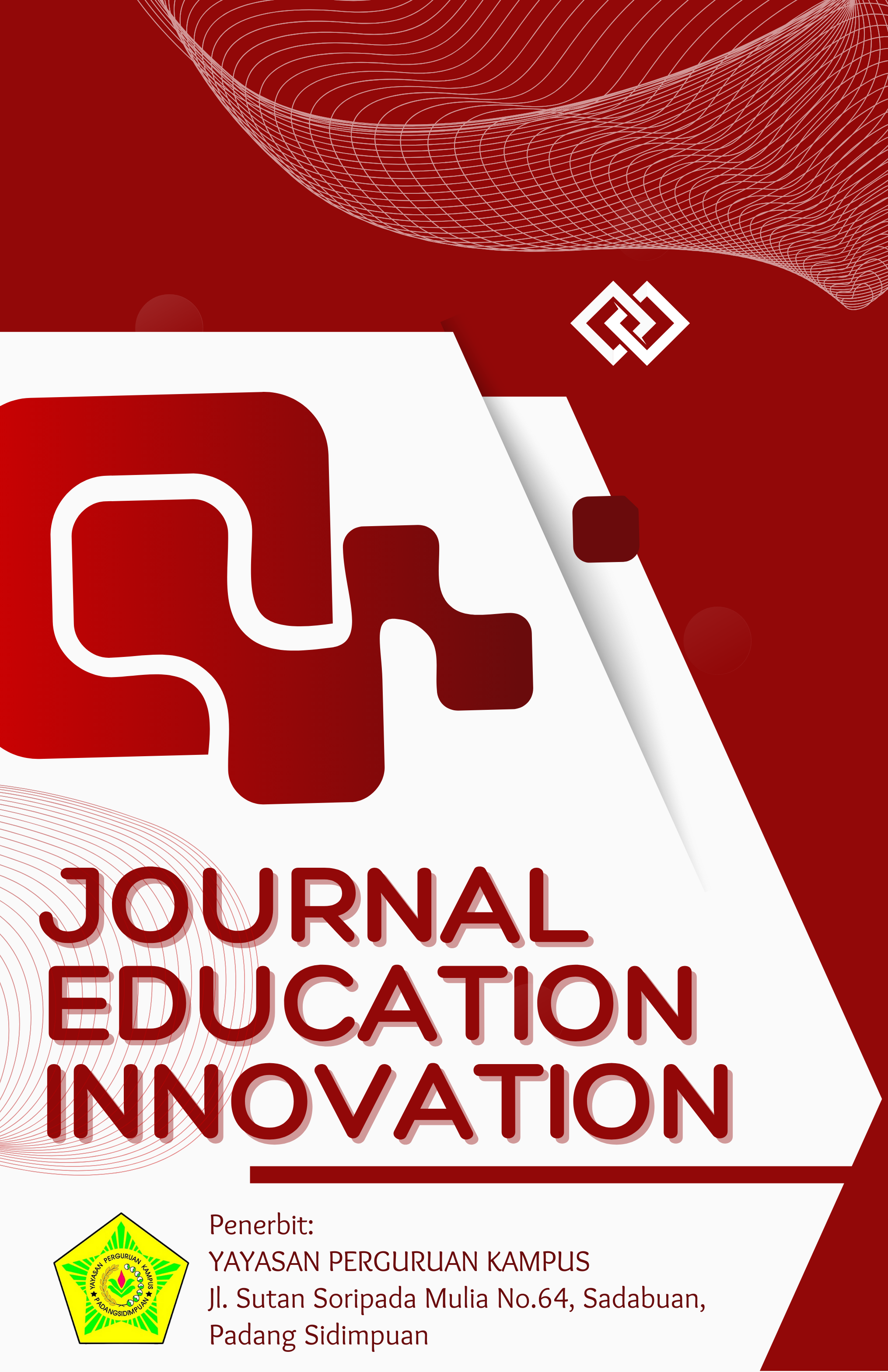Tindak Tutur Kata Sapaan Masyarakat Angkola Di Kota Padangsidimpuan
Keywords:
Speech Acts, Greeting Words, Angkola PeopleAbstract
Speech acts are a theory of language use put forward by John Langshaw Austin (1962) in his book entitled How to do things with words. In speech events, a number of components of speech are found. There are 16 components put forward by Hymes (1974), namely message form, message content, setting, scene, message sender, speaker, message receiver, interlocutor, intent, purpose, key, channel, form of speech, interaction norms, norms interpretation, and genre. These 16 elements are summarized into 8 speech components with the English acronym "SPEAKING". In this study using qualitative methods with descriptive analysis techniques. The data in this study include the greeting word Angkola in the people of Padangsidimpuan City and its use based on the context in the household realm and the transaction realm. Participatory observation methods apply recording techniques through disguises and inducements, and interview methods apply question-and-answer techniques. The greeting words that should be used in everyday life for the Angkola people have experienced a shift. The greeting words that should be used by the Angkola people in Padangsidimpuan City are: Ompung, Amang Inang, Amang uda, Amangtua, Inang uda, Inang tua, bujing, nantulang, tulang, inang tobang, bou, amangboru, anggi.
Downloads
References
Fox, Robin, 1966. Kinship and Marriage, Penguin Books Ltd. Harmondsworth, England.
Heider, Karl G. 1996. Seeing Anthropology, Cultural Anthropology Through Film, Allyn and
Huang, Y. (2007). Pragmatics. Oxford - New York: Oxford University Press.
Hymes, Dell. 1974. Foundation of Sosiolinguistics. Philadelphia : University of Pensylvania Press.
Ihromi, T.O, (ed).1990. Pokok-Poko Antropologi Budaya, Gramedia, Jakarta.
Koentjaraningrat, 1985. Beberapa Pokok Anropologi Sosial, Dian Rakyat. Jakarta
Lado, Robert. 1971. Linguistic across Culture. Michigan: The University of Michigan Press.
Leech, Geoffrey. 1974. Semantics: The Study of Meaning, Second Edition. New York: Richard Clay.Ltd
Leech, G. N. (1983). Principles of Pragmatics. London and New York: Longman.
Levinson, S. (1983). Pragmatics. Cambridge: Cambridge University Press.
Marzali, Amri, 2000. “Dapatkah Sistem Matrilineal Bertahan di Kota Metropolitan” dalam Antropologi Indonesia, Th XXIV, NO. 61 Jan – Apr.
Meiyenti dan Syahrizal. 2005. Gerakan perempuan dan keterlibatan Perempuan dalam Pembangunan nagari di Era Kembali ke Nagari. Laporan Penelitian. Kajian Wanita. Dikti.
Mey, J. L. (2001). Pragmatics an introduction. Massachusetts: Blackwell.
Saifudin, A. (2005). Faktor Sosial Budaya dan Kesopanan Orang Jepang dalam Pengungkapan Tindak Tutur Terima Kasih pada Skenario Drama Televisi Beautiful Life Karya Kitagawa Eriko. Universitas Indonesia. https://doi.org/10.13140/RG.2.2.13134.56643
Syahrizal dan Sri Meiyenti, 2012. Sistem Kekerabatan Minangkabau Kontemporer: Suatu Kajian Perubahan dan Keberlangsungan Sistem Kekerabatan Matrilineal Minangkabau. Prosiding: International Conference on Indonesian Studies ISSN 2087-0019. Unity, Diversity and Future,
Zabadi, F. 2020. Konvigurasi dan Relasi Leksikal Leksem Sikap Batin dalam Bahasa Indonesai Ranah Makna Kemarahan dalam Jurnal Medan Makna Volume 1 Tahun 2020. Medan: Balai Bahasa Sumatera Utara.
Zabadi, F. 2020. Istilah Kekerabatan Bahasa Indonesia dan Bahasa Minangkabau: Analisis Kontrastif dalam Pemelajaran Bahasa. Jurnal Imajeri: Jurnal Pendidikan Bahasa dan Sastra Indonesia. Volume 03 Tahun 2020. Uhamka.
Downloads
Published
Issue
Section
License
Copyright (c) 2024 Siti Meutia Sari, Tinur Rahmawati Harahap, Nursaima (Author)

This work is licensed under a Creative Commons Attribution-ShareAlike 4.0 International License.














